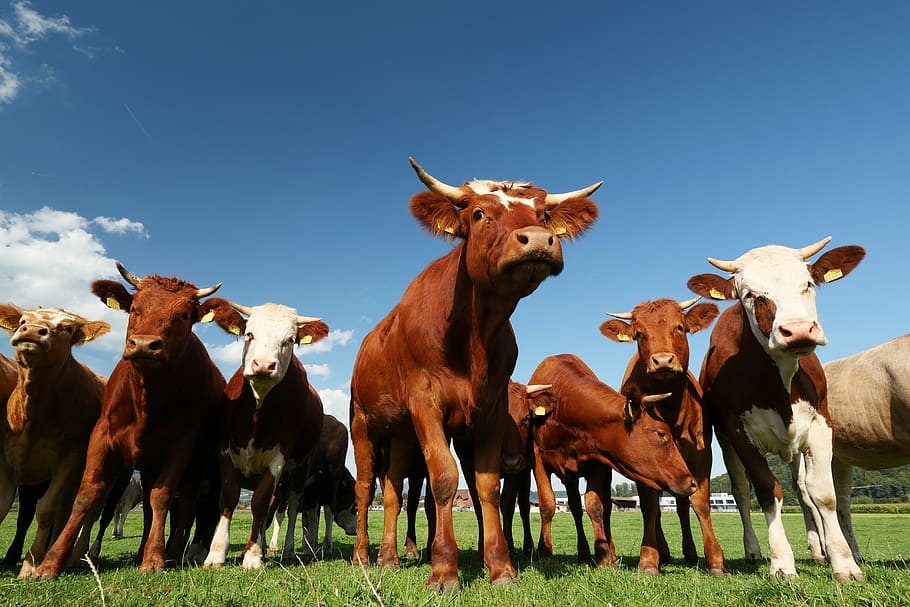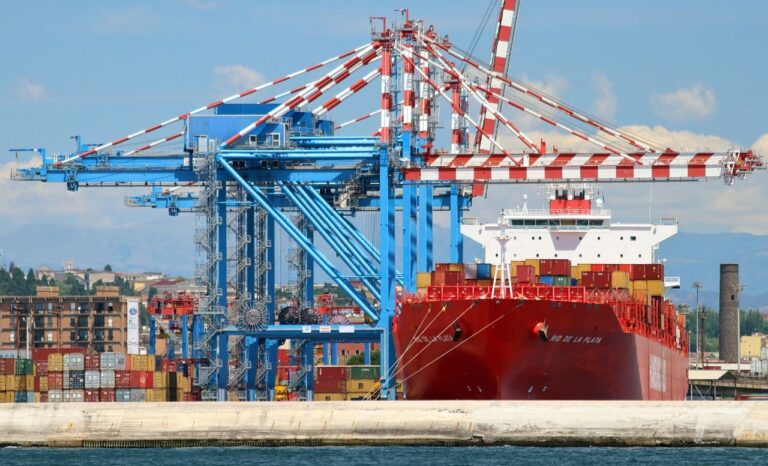In 2023, the global beef market is experiencing a surge in demand, particularly from China, the world’s largest beef importer. According to the United States Department of Agriculture (USDA) projections, the world is expected to reach a new record in beef imports, totaling 10.32 million metric tons in carcass equivalent. This marks a 1.5% increase compared to the observed value in 2022, and a significant 6.5% rise from the initial import forecast of 9.69 million metric tons in carcass equivalent for 2023.
China’s Growing Appetite for Beef
China, in particular, is at the forefront of this beef import trend, with an estimated import of 3.52 million metric tons in carcass equivalent in 2023. This represents a 2.0% growth compared to the previous year. It is worth noting that China is projected to account for nearly 35.0% of the world’s total beef imports in 2023, making it the largest global buyer by a considerable margin. The USDA’s earlier estimate for China’s imports was 2.85 million metric tons in carcass equivalent, significantly lower than the revised projection in January.
The increasing demand for beef in China bodes well for major beef-exporting countries like Brazil. The positive outlook for Brazil’s beef exports in 2023 suggests that the country might surpass its 2022 export figures. However, despite the optimistic export prospects, the domestic market for beef in Brazil is facing challenges. The price of cattle in the domestic market is on a downward trajectory due to low liquidity at the start of the year and uncertainties surrounding the ability of the domestic demand to recover in the face of a potentially higher supply of animals for slaughter throughout the year.
China’s Key Export Destinations
China’s beef exports are not to be overlooked either. The country has secured significant export destinations, including other Asian countries ($151 billion), South Korea ($149 billion), Japan ($136 billion), and Germany ($95 billion). These exports contribute significantly to China’s economy, despite the nation’s vast population and comparatively lower per capita income.
Implications for Global Trade
China’s growing demand for beef has far-reaching implications for the global beef trade. The increased import volume from China can create lucrative opportunities for beef-exporting nations to expand their market presence and boost their economies. Furthermore, it may lead to increased investments in the beef industry, improved infrastructure, and greater collaboration among countries in the production and distribution of beef products.
However, there are also challenges that need to be addressed. As China’s demand for beef rises, it puts pressure on beef-producing countries to ensure sustainable and ethical farming practices. Maintaining the balance between meeting consumer demands and preserving the environment and animal welfare becomes crucial.
Conclusion
The surge in China’s beef imports is transforming the global beef market. With China becoming a major player in both imports and exports, it reshapes trade dynamics and opens up opportunities for beef-producing nations. However, the challenges of sustainability and responsible production should not be overlooked. As the beef industry continues to evolve, international cooperation and responsible practices will be essential in ensuring a thriving and sustainable global beef market.




